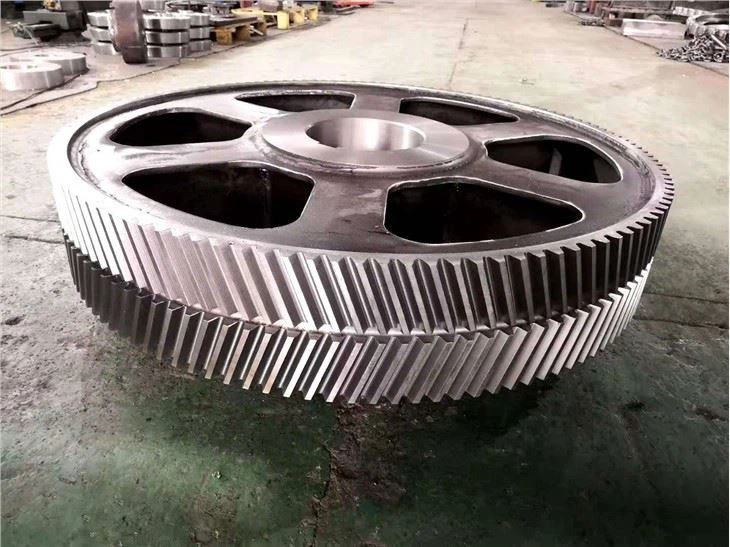HerrIngbone Gear
- Home
- HerrIngbone Gear
Herringbone Gear

What is Herringbone gear ?
A Herringbone Gear a specific type of double helical gear, is a special type of gear that is a side to side (not face to face) combination of two helical gears of opposite hands. From the top, each helical groove of this gear looks like the letter V, and many together form a herringbone pattern. Unlike helical gears, herringbone gears do not produce an additional axial load.
Where to use ?
1- Power, velocity and torque consistency and output peaks of the gear drive so the gear meets mechanical requirements.
2- Operationdisruption resistance. It may be necessary for some gear sets to function despite missing teeth or misalignment.
3- Mounting requirements. Application may limit the gear’s shaft positioning.
4- Precision requirement of gear, including gear pitch, shaft diameter, pressure angle and tooth layout. Herringbone gears’ precise teeth can make them expensive.
5- Gear lubrication requirements. Some gears require lubrication for smooth, temperate operation.
6- Vibration and shock resistance. Heavy machine loads or backlash, the deliberate surplus space in the circular pitch, may jostle gearing.
7- Inertia of the gear through acceleration and deceleration. Heavier gears can be harder to stop or reverse.
8- Corrosion resistance. Gears exposed to harsh environments or chemicals should be especially hardened or protected.
9- Temperature exposure. Some gears may warp or become brittle in the face of extreme temperatures.
10- Noise limitation. Commercial applications may value a smooth, quietly meshing gear. Herringbone gears offer quiet operation.
